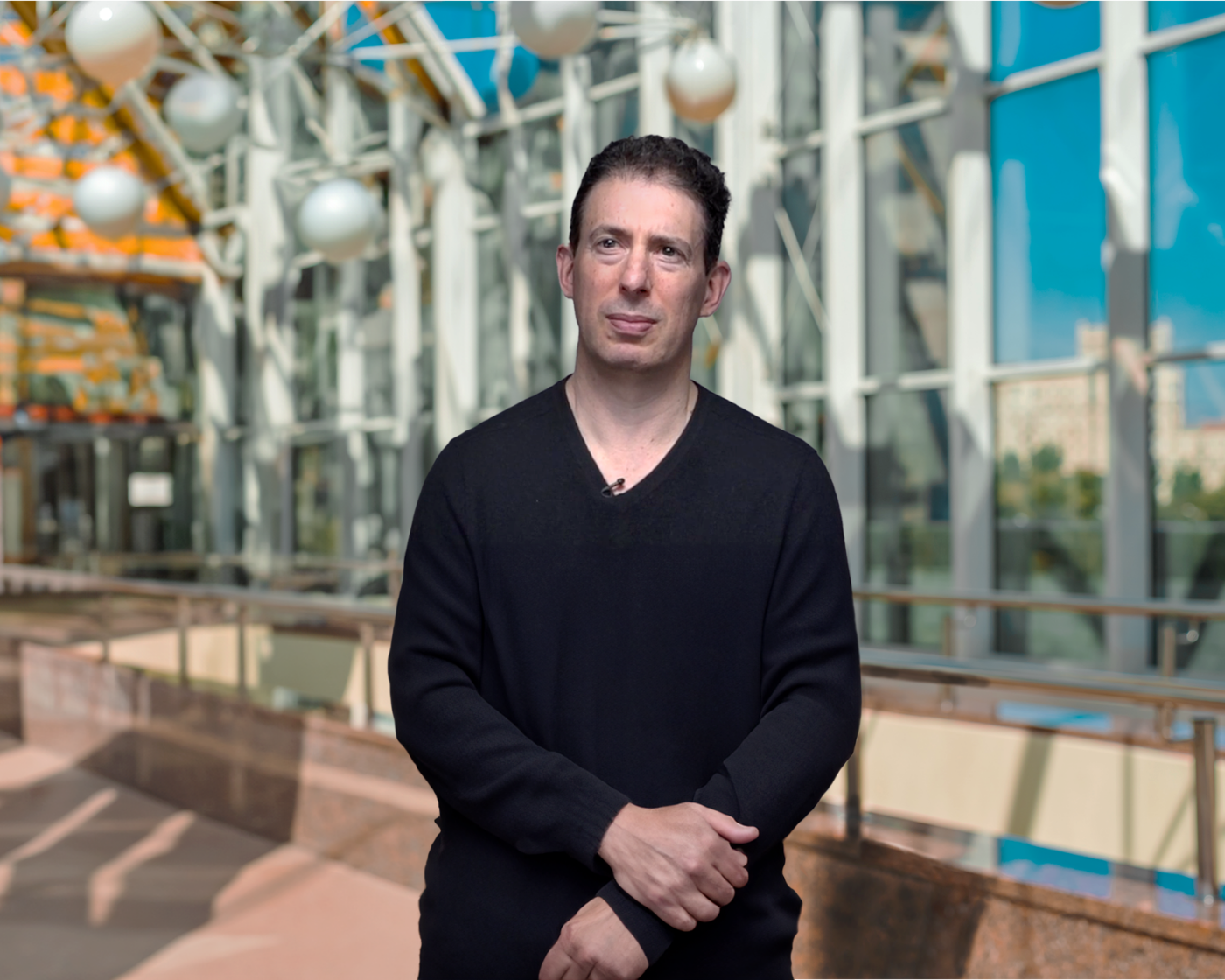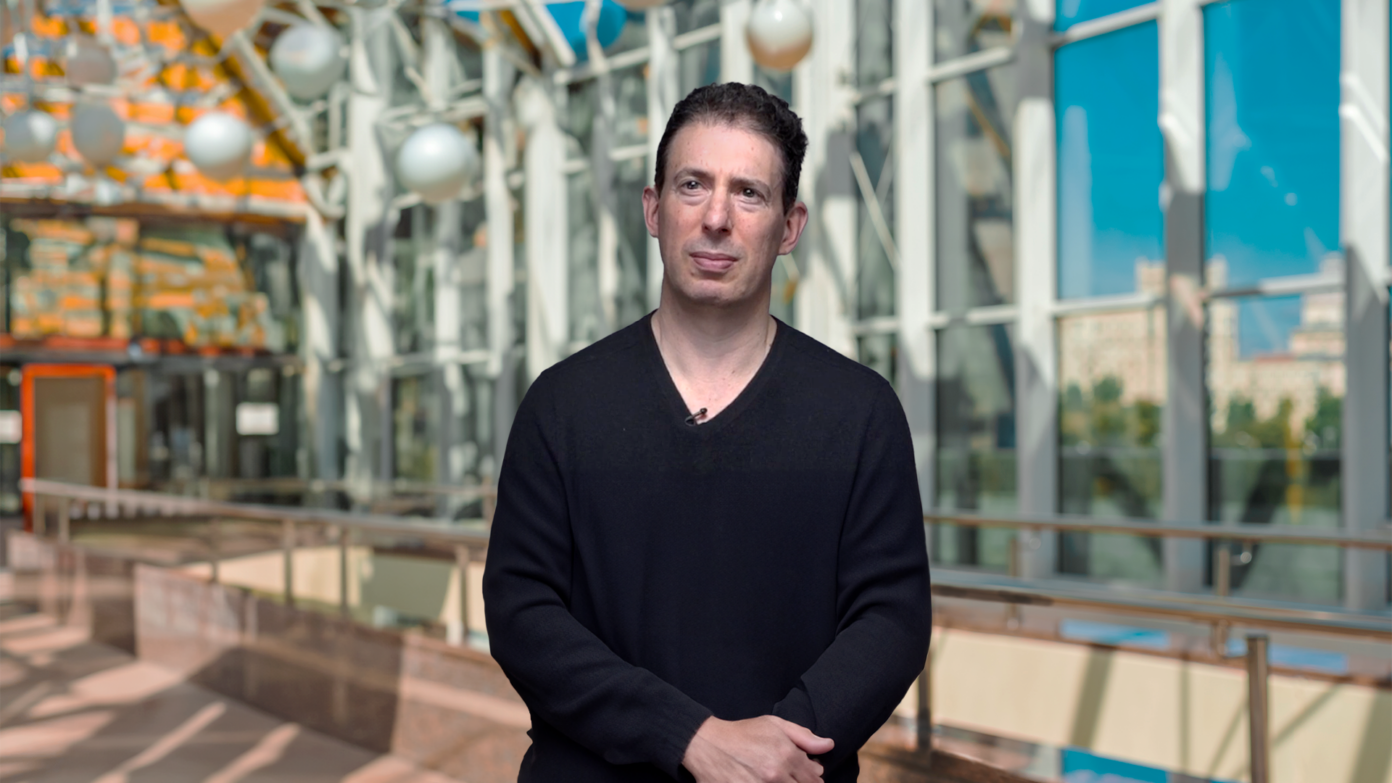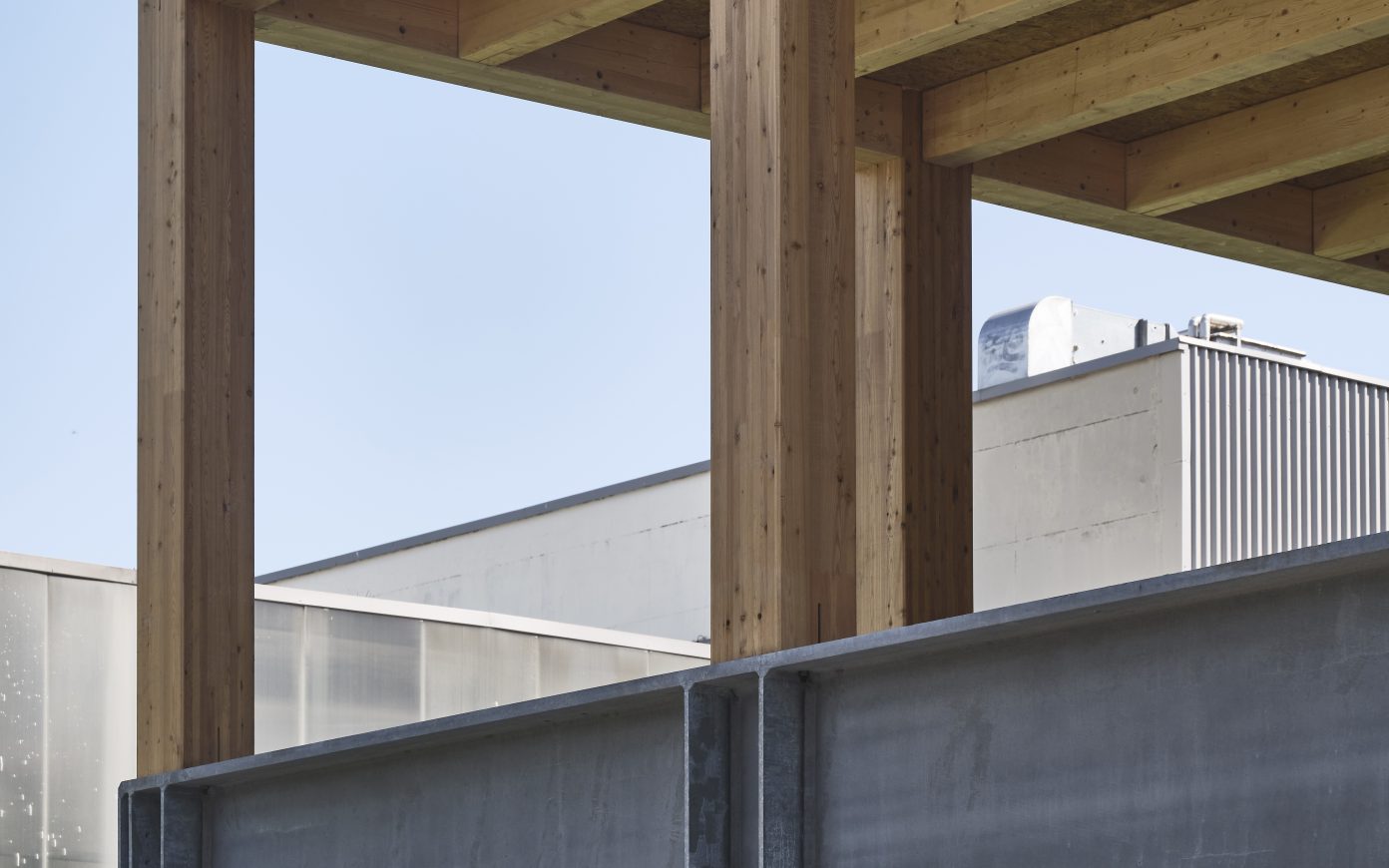Your latest publication, Les Révoltes du ciel [The Revolts of the Sky], proposes a “history of climate change.” Does this historical perspective call into question our current Anthropocene imaginaries?
This indeed runs contrary to the narrative of sudden revelation, which has been the main way of presenting the environmental question since the 1970s. We are in the presence of a typical rhetorical strategy used both in philosophy and politics, which consists of describing challenges as entirely unprecedented—a gratifying way of presenting the efforts required to address them. Every age believes it is experiencing a period that is fundamentally new. And though the environment is indeed changing at an unprecedented speed, making this the starting point of a politico-philosophical clean slate is a reflex that is all but new. A large number of tropes from the era of the New DealThis refers to the policies by US President Franklin Delano Roosevelt implemented in the 1930s to counteract the impacts of the Great Depression. are actually still in use today. For instance, the idea that the material foundations of our societies have completely changed with the industrial world, and that politics must therefore be rethought entirely. That was a perfectly “mainstream” narrative among intellectuals in the 1930s, particularly within the technocratic movement in the United States.
The problem that this rhetoric of novelty raises in the context of the environmental crisis is that it erases trajectories over long time spans, as well as what we inherit in terms of ideology, vocabulary, and in the way we frame problems. It seems to be that not bearing in mind the depth of this history of environmental issues is dangerous, however.
Generally speaking, the environmental discourse recycles many old narratives, such as the timeworn idea of collapse, or that of the environmental footprint, which draws from old Malthusian theories of the early twentieth century—the idea that we lack space, that the planet is overpopulated, and so on. Stating that we’d need three Earths to live as we do now amounts to rehashing concepts relating to the demographic anxieties of the Anglosphere of the late nineteenth century and applying them to the current climate crisis. This crisis is, however, on the whole, linked to the fact that we are proving incapable of getting rid of a second nature that is almost entirely based on the use of fossil resources.
Similarly, the idea that the Earth might be a living being is a particularly trite metaphor. When James Lovelock and Lynn Margulis presented the Gaia hypothesisA scientific hypothesis, proposed in 1970, that considers that the community of living organisms on Earth form a self-regulating entity, similar to an organism and the “geophysiology” of which remains to be understood. as a huge ontological revolution, they were in fact recycling literature from the Renaissance, or even Antiquity. For example, visions of Earth as a system were one of the basic tenets of the scientific and religious doxa of the seventeenth and eighteenth century’s “natural theology.”Natural theology was a theological movement that invited believers to derive knowledge about God through experience and the observation of nature. Naturalists of that era commonly considered the Earth on the global scale and as an organized system, especially when considering the water cycle. Starting in the early seventeenth century, it was well established that plants played an important role in the water cycle, via evapotranspiration, and there were already concerns about the impact of man on this global cycle.
In the light of this history of our relations to the climate, it is less a matter of a rise in awareness than the opposite narrative, that of a loss of concern. Could the gradual disappearance of climate issues in our Western societies be linked to modernity
My first book, L’Apocalypse joyeuse [The Happy Apocalypse], examined the entry into industrial modernity, in the late seventeenth to nineteenth centuries. It focused on the notion of disinhibition—through arrangements such as safety standards or the calculation of risk—and the adverse consequences on the environment or public health were disregarded. And, indeed, we can observe a rather similar trend concerning climate starting around that period. Whereas, in the late seventeenth century, and particularly in the early nineteenth century, human action on the climate was, politically and scientifically, a burning issue, this concern ebbed around the mid-nineteenth century.
With the advances in Earth sciences, the entrance into modernity was a time of exhaustion for scientific controversies on climate change. Scholars then broadly agreed that on the scale of geological time, the climate had changed tremendously. However, the situation was much more muddled when considering historical times and the role of humans, and no one managed to provide conclusive evidence going one way or another, which generated a certain weariness around these issues.
Affluent societies also became much less vulnerable to meteorological upheavals. Up to that point, governments were involved in conducting outstanding meteorological surveys aiming to forecast harvests, and therefore also any potential food riots. However, in the second half of the nineteenth century, this stopped making sense given that it then became possible to ship grain by rail to feed deficit regions. In that regard, technical progress played a critical role by depriving the climate per se its power to act.
Finally, many disciplines, especially in the humanities, were defined against the climate. This is very clear in sociology, for example. Someone like Émile Durkheim emphasized the idea that the social facts he described can be explained by other social facts, following a rather closed causal system. In the field of medicine, the birth of the germ theory of disease explained illnesses and epidemics without resorting to the climate, though the environment remained important. Similar trends occurred in economics, in particular with marginalism and neoclassical economics as a whole, which lent less importance to weather cycles. Generally speaking, a sort of disconnect between intellectual thinking and the climate was underway, which was symptomatic of the overall shift in the European psyche towards the end of the nineteenth century.
How can the historical approach inform contemporary debates on environmental issues?
At the very least, it provides some perspective on the ways we frame issues. I am currently working on the history of the notion of transition, and I am struck by the extent to which it has prevailed in the collective psyche as being the one solution to climate change, basing itself on history—on a certain history of energy that stems from the idea of transition. For example, the Industrial Revolution is traditionally presented as a shift from wood to coal. The next step should now be to continue this history and transition from fossil fuels to renewable energies. The problem is that this narrative of substitution is false. For instance, all industrial nations considerably increased their use of wood over the course of the nineteenth century (sixfold in Great Britain’s case). Likewise, oil doesn’t replace coal at all—lots of coal is still required, be it to manufacture a single car, without even considering the transformation of the entire road system made necessary by the automobile. During the interwar period, it can be calculated that each ton of oil resulted in the induced consumption of two and a half tons of coal.
The dominant narrative of transition is Tesla’s imaginary—the idea that we can do away with oil by driving electric cars. In other words, the utopia of keeping the same society with an entirely different material infrastructure, that, with the energy transition, we could keep everything on a one for one basis—but carbon-free, which indicates a rather preposterous level of trust in technology. History has taught us that there is a symbiotic relationship between energy sources. Not to mention the simple tremendous inertia of the technological word, which is why technologies generally don’t replace one another. Rather, they accumulate. A trivial example can be found in the fact that vacuum cleaners haven’t wiped out brooms.
If we are to examine the issue in material terms, it’s even worse because material strata clearly accumulate one on top of the other. When analyzing the material flows on which our technological world is based, the very notion of a transition vanishes completely. Never have we used as much wood, for instance, and we don’t even seem to have reached peak coal. At the global scale, there has never been any energy transition, and what matters for the climate is the global scale. We have a vision of transition that is centered on technology, yet the environment is indifferent to technology. What matters are material flows, going from the lithosphere to the atmosphere in particular.
Notice that this isn’t a technophobic argument given that certain new technologies are probably more beneficial than older ones. However, additive and symbiotic effects must be taken into account and are larger than substitution effects on the short, medium, and often also the long-term. One final point that I view as liberating in the history of technology is that it helps realize that the technological world as we know it could have been extremely different due to the fact that the technology that became predominant was never the only one available.
I’d like to expand on an example that is close to my heart—gas lighting, which is horrific in terms of energy use and for the environment, and which appeared around 1815. At the time, chemists were appalled by the waste of coal that it represented, because the yields were dismal—not even taking into account the increased risk of accidents. Nicolas Clément-Desormes offers a thought experiment that should always be performed and that consists in changing the order of innovations—if someone had invented candles in a society relying on gas lighting, everyone would have found them absolutely amazing. Candles are portable, don’t require as many materials or capital, and, furthermore, they’re renewable given that they are manufactured from organic fats…
The automobile itself was met with deep hatred in its early ages. Who could afford a car? They were extremely expensive, and for most of the population, they were primarily considered a nuisance, including in the United States, where huge anti-car demonstrations were staged in the 1920s.See Peter Norton, Fighting Traffic: The Dawn of the Motor Age in the American City. Shop owners were fiercely against cars, and feared that no one would stop by anymore. The opposite is now true. As the historian of science and technology David Edgerton noted in his wonderful book, The Shock of the Old, the advantage of living in inventive societies is precisely that we have the ability to refuse the diktat of innovation gurus simply because other inventions and other technological choices are possible.




